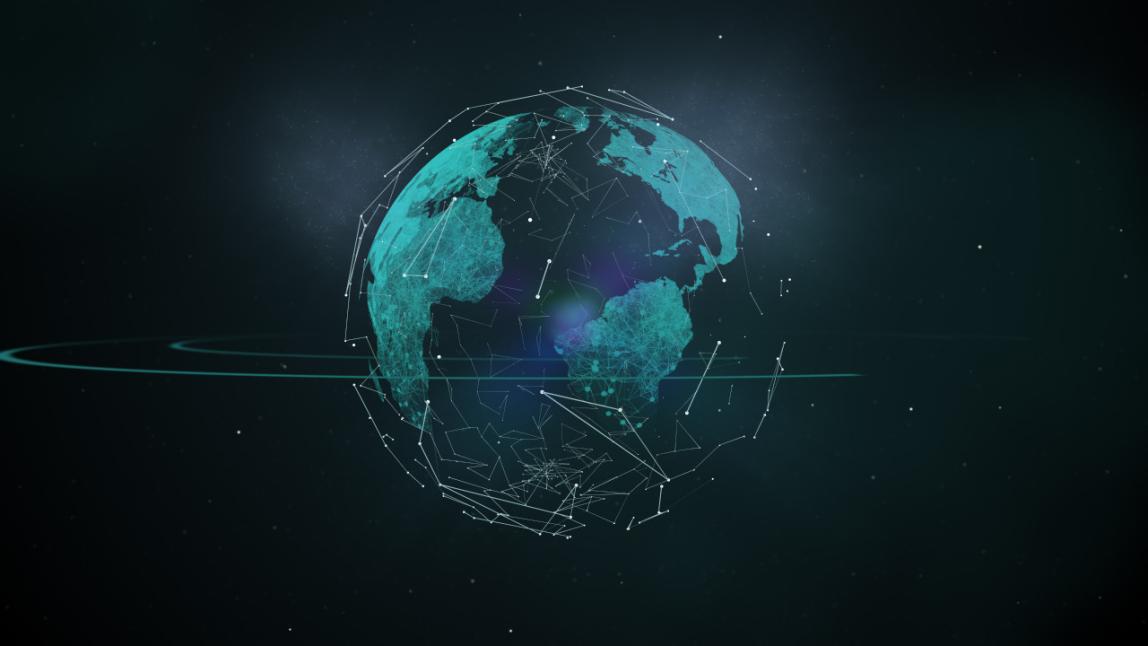What Are the Future Trends in Satellite Data Geospatial Data?
Satellite data geospatial data has revolutionized various fields, including urban planning, environmental monitoring, agriculture, and disaster management. With the rapid advancements in technology, the future of satellite data geospatial data holds immense promise for even more transformative applications and use cases.

Key Future Trends In Satellite Data Geospatial Data:
- Enhanced Resolution and Accuracy: Advancements in sensor technology are leading to higher resolution images, enabling more detailed analysis and decision-making. Improved accuracy in data collection and processing techniques further enhances the reliability and usability of satellite data.
- Increased Data Volume and Accessibility: The growing constellation of satellites is resulting in exponential data growth. The development of cloud-based platforms facilitates easy access and storage of massive datasets, making them readily available for analysis and utilization.
- Integration with Artificial Intelligence (AI) and Machine Learning (ML): AI and ML algorithms play a crucial role in automated data analysis and feature extraction, enabling real-time data processing and decision-making capabilities. This integration unlocks new possibilities for extracting meaningful insights from vast amounts of satellite data.
- Improved Data Fusion and Interoperability: Seamless integration of satellite data with other geospatial data sources, such as aerial imagery and ground-based sensors, provides a comprehensive view of the Earth's systems. Standardization and harmonization of data formats enhance interoperability, allowing for seamless data sharing and analysis across different platforms and applications.
- Emerging Applications and Use Cases: Satellite data geospatial data is finding applications in various emerging fields, including autonomous vehicles, smart cities, and precision agriculture. These applications leverage the unique capabilities of satellite data to provide real-time information and insights, enabling more efficient and sustainable decision-making.
Challenges And Opportunities:
- Data Overload and Management: The exponential growth of satellite data poses challenges in terms of storage, processing, and dissemination. Developing scalable and cost-effective data management solutions is crucial to harness the full potential of satellite data.
- Data Privacy and Security: Ensuring the privacy and security of sensitive data is paramount. Implementing robust cybersecurity measures and establishing clear data governance frameworks are essential to protect data integrity and prevent unauthorized access.
- Ethical and Regulatory Considerations: The collection and usage of satellite data raise ethical concerns related to privacy, surveillance, and potential misuse. Establishing regulatory frameworks that address these concerns and promote responsible use of satellite data is essential.
The future of satellite data geospatial data holds immense potential for transformative applications and societal benefits. By addressing the challenges and embracing the opportunities, we can unlock the full potential of satellite data to create a more sustainable, resilient, and interconnected world.
Further research, collaboration, and innovation are crucial to drive the advancement of satellite data geospatial data technology and unlock its transformative potential across diverse fields.
YesNo

Leave a Reply